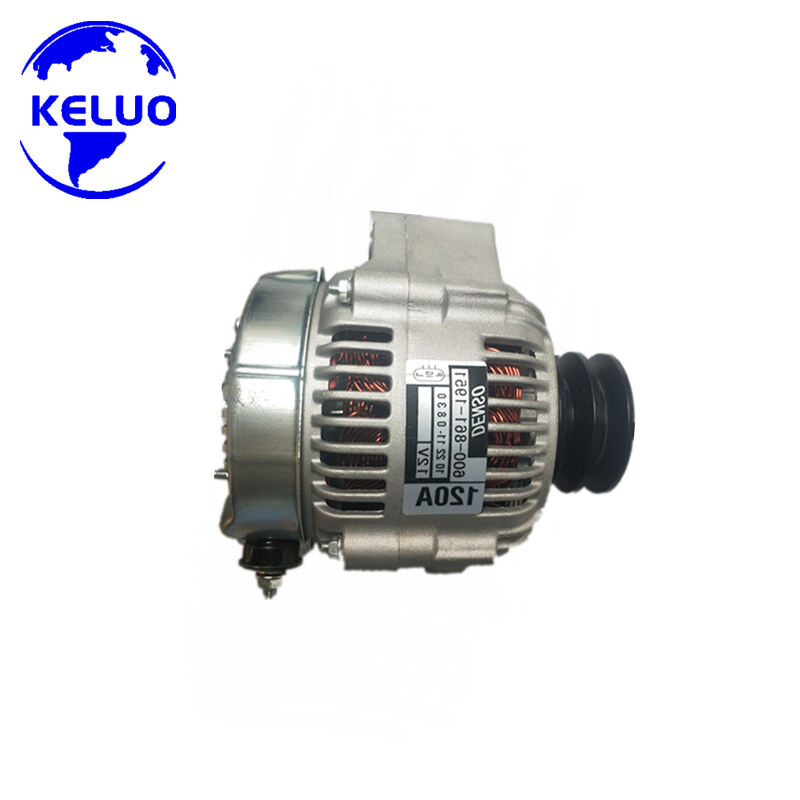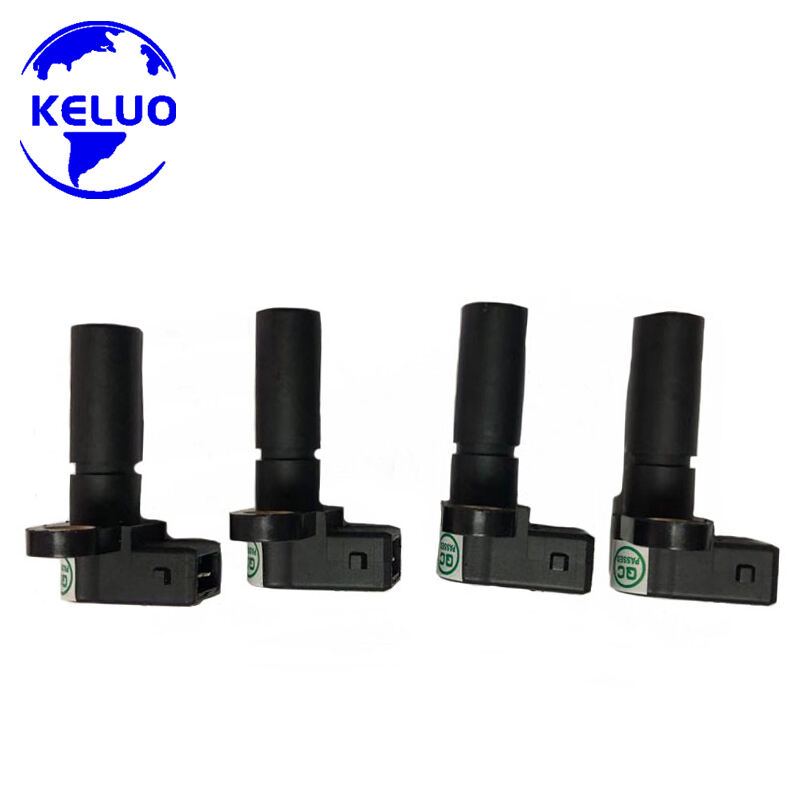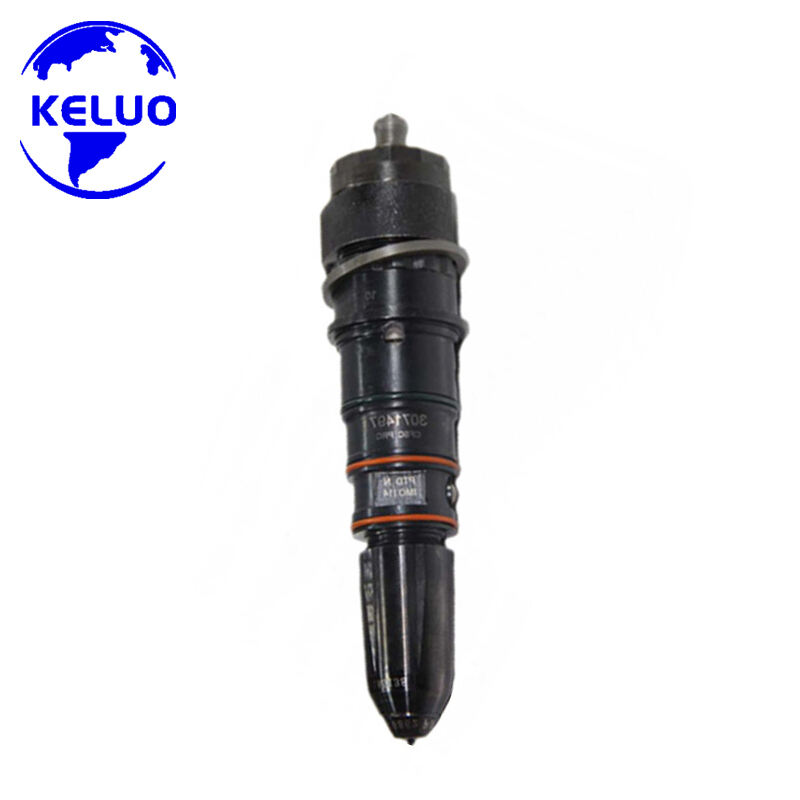engine parts price
Engine parts pricing represents a crucial aspect of automotive maintenance and repair economics. In today's market, the cost of engine components varies significantly based on factors including manufacturing quality, brand reputation, and market demand. These prices encompass everything from essential components like pistons, valves, and camshafts to complete engine assemblies. Modern engine parts incorporate advanced materials and precision engineering, reflecting the evolution of automotive technology. The pricing structure typically accounts for research and development costs, manufacturing processes, quality control measures, and market competition. Manufacturers often utilize sophisticated computer-aided design and testing procedures to ensure optimal performance and durability, which influences the final cost. The market includes both OEM (Original Equipment Manufacturer) and aftermarket options, providing consumers with various price points and quality levels. Understanding engine parts pricing is essential for both automotive professionals and vehicle owners, as it impacts maintenance budgets, repair decisions, and long-term vehicle ownership costs.


